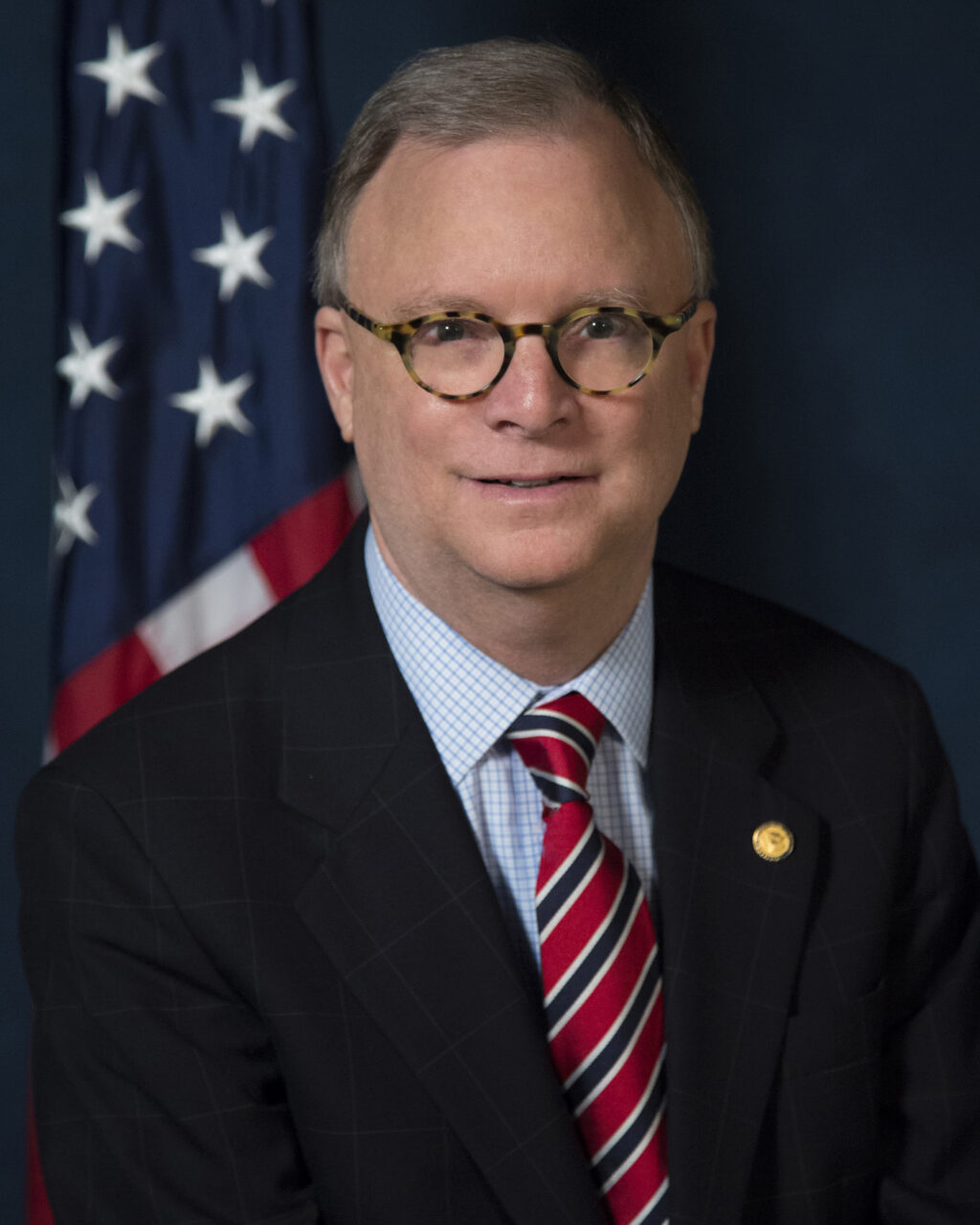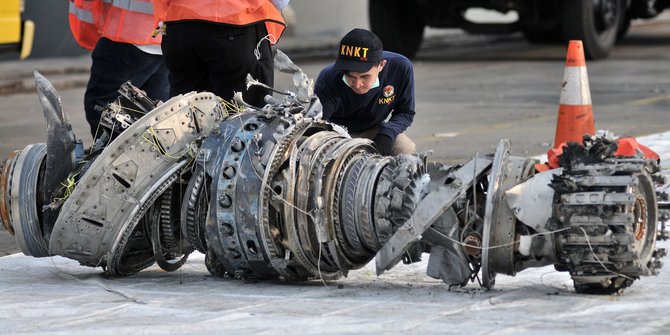
America’s top transportation safety official, and a former 737 captain told U.S. senators on Wednesday what he might have done if he was in the cockpit of one of the Boeing 737 Maxs that inexplicably and repeatedly went nose down before crashing in Indonesia and Ethiopia.
National Transportation Safety Board Chairman, Robert Sumwalt replied to that hypothetical question saying, “Well, I flew the 737 for 10 years, and I do believe there is a procedure on the Flintstone version of the 737 I flew, a very old 737, but I do believe the first thing I would do is oppose that motion by pulling the yoke back.” At that point, Massachusetts Senator Roger Wicker interrupted Sumwalt and moved on to someone else.
With the world of aviation divided over whether the problem with the 737 Max lies with the airplane or the people flying it, this reply by a former airline pilot steeped in safety and human factors deserves more attention than it got.
Sumwalt is clear that the 737 he flew back when US Airways was still a thing, is notably less sophisticated than the spanking new Max that is all the rage with airlines. But his reply echoes what many pilots, even those flying the Max say they would have done; pulling back on the yoke to bring the airplane’s nose back up. While the investigations are preliminary, it appears that’s exactly what the pilots of Lion Air 610 and Ethiopian Airlines 302 did. But without achieving the intended effect.
 There’s a tendency among pilots in first world countries to default to the idea that in other parts of the world, pilots just aren’t as proficient. To accept that isn’t just racist, it is unsafe. What else could it mean that FAA acting administrator Daniel Elwell told senators that while the rest of the world was grounding the 737 Max fleet, American pilots were insisting they could safely fly it. And even if that were true, what good does that do travelers in a global industry like air travel? No, the widely accepted standard is that no procedure should rely on only the very best pilots accomplishing it correctly.
There’s a tendency among pilots in first world countries to default to the idea that in other parts of the world, pilots just aren’t as proficient. To accept that isn’t just racist, it is unsafe. What else could it mean that FAA acting administrator Daniel Elwell told senators that while the rest of the world was grounding the 737 Max fleet, American pilots were insisting they could safely fly it. And even if that were true, what good does that do travelers in a global industry like air travel? No, the widely accepted standard is that no procedure should rely on only the very best pilots accomplishing it correctly.
Even as the hearings in Washington D.C. were getting underway, Boeing presented to reporters the fixes for the Maneuvering Augmentation Control System on its 737 Max based on what it is learning from the Lion Air and Ethiopian Airlines investigations.
- The MCAS will now compare readings from both of the airplane’s AOA sensors rather than just one which was the case previously. MCAS will not operate if the sensors disagree by 5.5 degrees or more with the flaps retracted. Pilots will also be alerted by a display.
- Even if MCAS is activated it will only push the nose down one time. In the Lion Air accident investigators determined that each time the pilots successfully wrestled control, the MCAS triggered again 10 seconds later. Now, there are no failure conditions that will trigger repeated dives.
- Finally, the stabilizer input will never be so strong as to hinder the pilot’s ability to counter-act it. In Lion Air, it is estimated that the pilots had to exert 100 pounds of pressure on the stick. Pilots will always have the ability to override MCAS and manually control the airplane, according to Boeing.

It is too soon to tell if these two accidents, which together killed 346 people, is the result of poor pilot training or a new software system that hid a catastrophic flaw or both or other factors not yet reported. What we do know is that this software was installed on the Max without being disclosed to the pilots who would fly it. That it operated in such a way as to create an unsafe condition that could lead to a crash according to the FAA.
And now the members of the Senate who claim they want to get to the bottom of the 737 Max’s troubles know that the experienced airman who also happens to be the nation’s top dog on safety, understands from his own experience how the pilots on these two airliners might have been undone by the baffling behavior of their brand new airplanes.

Author of The New York Times bestseller, The Crash Detectives, I am also a journalist, public speaker and broadcaster specializing in aviation and travel.









I don’t think the public appreciates the financial incentive to keep as many designs as possible under the same type rating .
My post to Andy Paztor’s WSJ article yesterday
It would seem that Boeing could have made the landing gear taller to enable the engines to be mounted in the same position as in the older models. That is not a simple fix as it would entail major design changes not only of the gear, but of thefuselage that contains it) to accommodate the taller gear. To accomplish this, it might have been necessary to position the wing higher on the fuselage (obviously possible, but a solution that would require an enormous amount of engineering). This could have eliminated the need for MCAS.
The question would then become: If the new design handled like its predecessors but was structurally different, would the FAA certify it as one of the 737 family which would require only differences training? If not, then airlines using the redesigned model would not be able to use their crews interchangeably, creating a huge disincentive to buy. They might as well get an Airbus and settle for the training headaches of a mixed fleet.
Clearly we are talking a weight and balance issue here. Not having any stats in front of me makes it difficult to discern why the shift but the physical station location of the powerplants remains identical to earlier versions. (Could the turbinesection really be that much heavier than prior versions?)
Which brings us back to weight and balance. The first generation 707’s with turbojet powerplants had very long mounts for the powerplants to attach to. Would it be so far fetched to stretch the engine mounts out further forward there by alleviating the nose light condition?
Complicated is not the same as sophisticated……